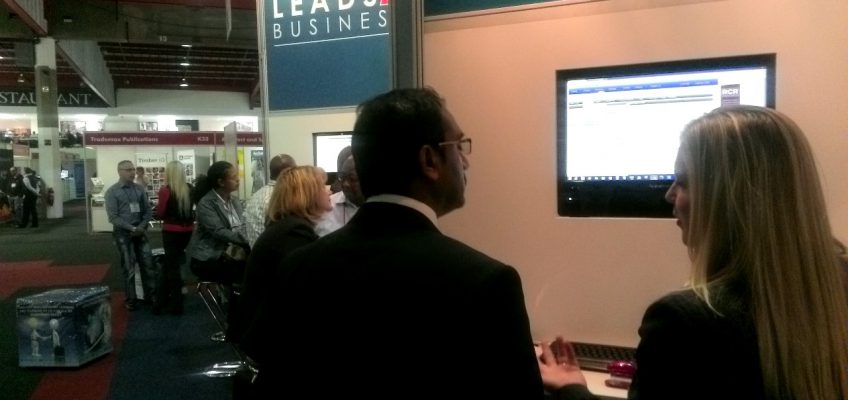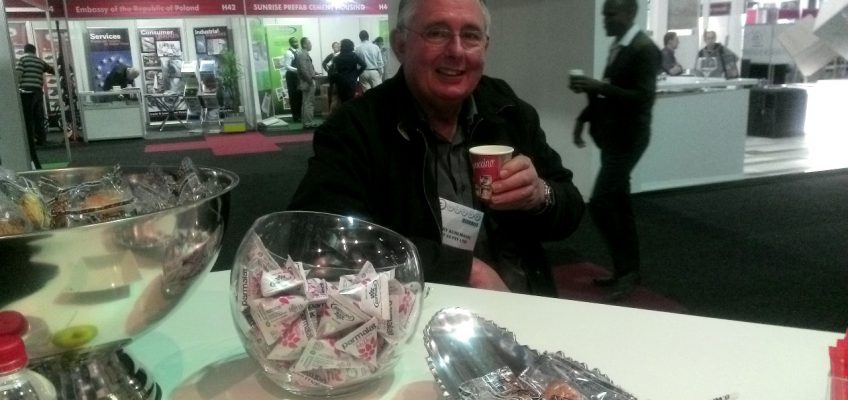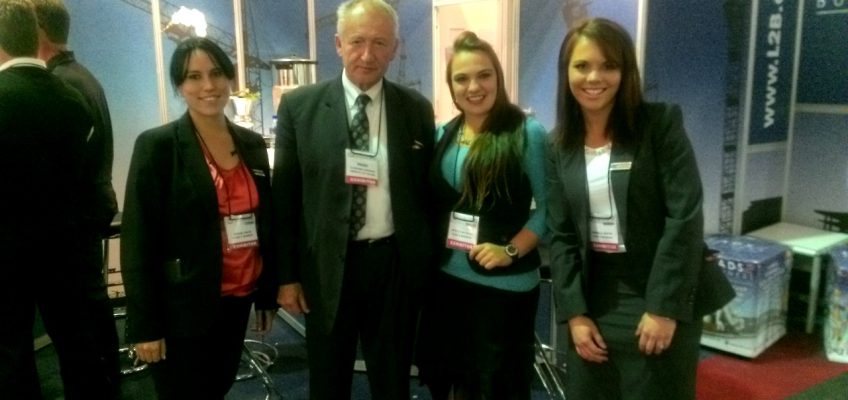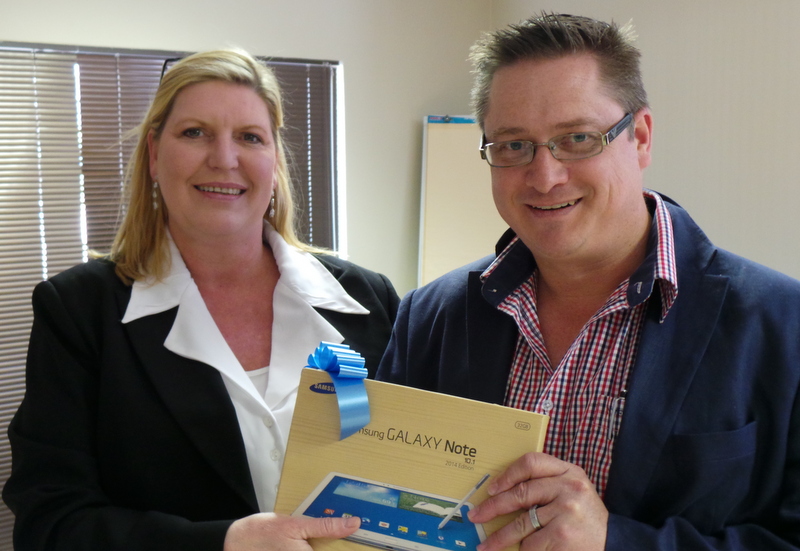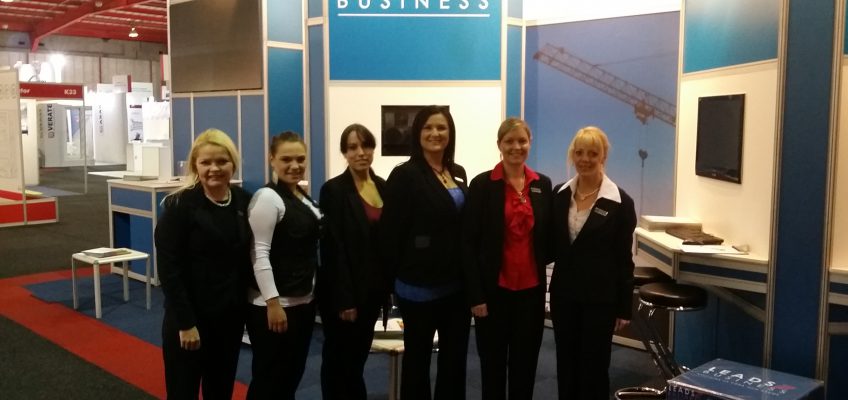
Relaxation tips for the Construction Industry
It is that time of year when everything starts to feel a little out of control. If you are in the Construction industry, deadlines loom like ominous clouds just before the weekend and time seems to disappear into something akin to a black hole never to be recovered. Small things get on your last nerve, there doesn’t seem to be enough coffee in your mug… ever! No one else seems to appreciate the gravity of the depth of the situation you are in. To add to that, some people seem to be in holiday mode already, which is really frustrating because it is somewhere you would very much like to be but just can’t seem to reach.
If it is any comfort. You are so close.
Feeling a similar inclination to run for the hills screaming, I went in search of some quick fixes to ‘chill out’ at the office and hopefully maintain some semblance of sanity for the remainder of the year. Fast Company mentions a few pointers which seemed to help me gain some equilibrium, so I thought I would share it in hope of making the load lighter for you:
# One : Take time to look out the window.
Hartkopf found that people who sit near a window have 23% fewer complaints of stress-related illnesses such as headache, back pain, and exhaustion. “Windows provide stimulation — excitement, pleasure, and information,” he says, “Subconsciously, we need to know if it’s raining outside. ” Always choose an office with a view, even if you’re offered a larger, windowless office. If you’re stuck in a cubicle, make frequent trips past the lobby.
#Two : When exercising, do so Outside
After looking out the window all day, get outside! Eifert’s study shows that outdoor exercise reduces the level of stress hormones in the bloodstream, resulting in positive mood changes. “There’s more to exercise than just doing the exercise,” he says. “People who buy Nordic Tracks from TV rarely keep it up, because indoor settings don’t generate the positive effects on mood that outdoor settings do. ”
#Three : When working out, it’s okay to go slow
Dishman found that regardless of whether you exercise at 80% or 40% of capacity, the effect on stress is still the same as long as you work out for at least 20 to 30 minutes. “Not exercising is bad for your mental health, but there’s no consistent relation between the intensity of the physical activity and the psychological benefit,” he says. “For mental health, more is not necessarily better. ”
#4 : After your workout, take a few moments to relax
After an aerobic workout, Mardus suggests, find a place to lie down; close your eyes; listen to music or nothing; and enjoy the floating, narcotic effect of the endorphins you just released. This way you stay in an alpha state and get an almost meditative effect. It seems to last for 20 minutes or so. ” As you shower and head back to work you’ll slip into a beta brainwave state, which helps you shake that “I don’t care” feeling.
#5 : Change your mindset
Rosch says that we become stressed when we dwell on the problem instead of finding a solution. The trick is to look for ways to take control. His example: “Your 15-minute commute takes an hour each day because of traffic. You arrive at work completely wired from battling gridlock. Instead of getting mad at the traffic, come in an hour earlier and leave an hour earlier. If that’s not possible, get a cassette and use the time to learn a foreign language. Once you gain control over the situation, you’ve taken a very big step toward reducing stress. ”
While these tips are great, sometimes you are unable to get outdoors. Its just not possible and you are stuck in a cubicle or at your desk. Some ‘quick fix’ stress busters to help this are:
1) Close your hands in a tight fist for 10 seconds and slowly open them. Repeat five times.
2) Roll your head from side to side. Repeat five times.
3) Tighten your toes, hold them for 10 seconds, and release. Repeat five times.
I think Fast Company has it right. It is important to get some kind of physical activity happening to break the tension and be able to refocus. With time being an issue for most people, it is comforting to know that just 20 – 30 minutes a day can make a huge difference. See it as a break from the stress and something that helps you to get in the right frame of mind rather than another thing to add to your list and you will be surprised at the effectiveness.
If we don’t get the chance to wish you happy holidays in person, I hope that your newfound stress busting habits carry through the holidays and that you have a relaxing and wonderful break. Catch you on the flip side. Until 2015 …….
Who are the people you have just quoted?
Volker Hartkopf, architecture professor at Carnegie Mellon University in Pennsylvania and director of the Center for Building Performance and Diagnostics.
Georg Eifert, professor of clinical psychology at West Virginia University.
Rod Dishman, professor at the University of Georgia, has reviewed some 250 studies on the effects of physical exercise on stress.
Craig B. Mardus, author of “How to Stop Worry in One Second” (Warner Books, 1995), has spent 15 years researching stress while working at the Canyon Ranch Spa in Lennox, Massachusetts
Dr. Paul Rosch, president of the American Institute of Stress and a clinical professor of psychiatry at New York Medical College.
Source:
http://www.fastcompany.com/27773/5-ways-chill
Social media adventurer for Leads 2 Business, exploring new frontiers and taking new ground. “Not all those who wander are lost.” JRR Tolkien







